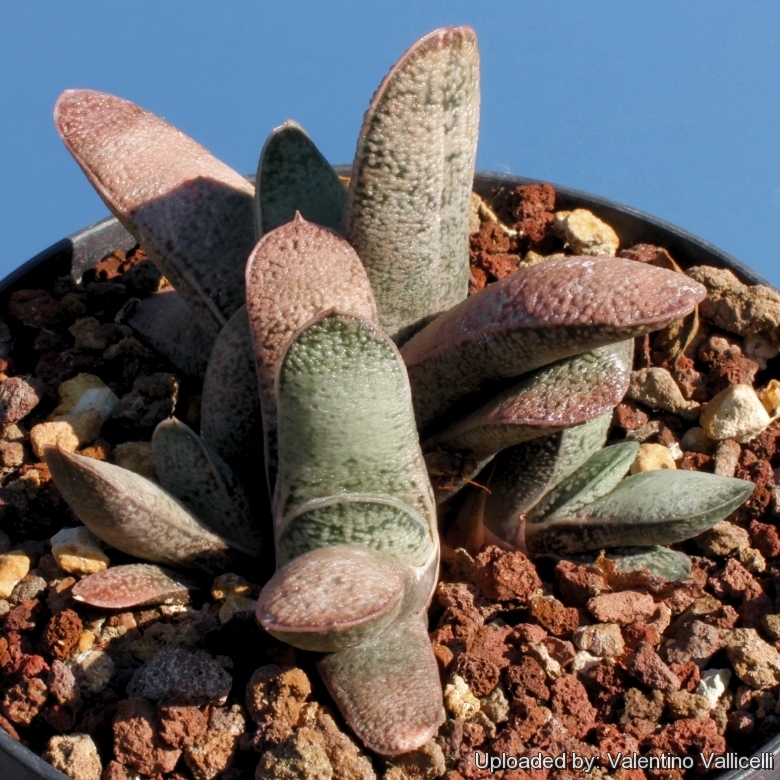
Gasteria baylissiana Photo by: Valentino Vallicelli
This is a rare miniature succulent, usually distichous, with grey tongue-like leaves… and very slow growing. Makes a pretty cluster over time
Origin and Habitat: The Gasteria baylissianaSN|16660]]SN|16660]] is named after Colonel Roy Douglas Abbott Bayliss, a botanical explorer and plant collector in Oudekraal, South Africa.
Origin: South Africa, Eastern Cape Province of South Africa, Suurberg range.
Type Locality: Oudekraal farm, south of Somerset East
Habitat: It grows in sheer rock faces derived from quartzitic sandstone usually in the shade of subtropical thicket.
Synonyms:
Common Names include:
ENGLISH: Lawyer's Tongue
Description: Gasteria baylissianaSN|16660]]SN|16660]] is a dwarf slow-growing succulent plant only 0,5 - 4 cm tall, clumping from the base to form small dense groups to 10 cm (or more) in diameter, rarely solitary. It is one of the most beautiful species of the genus.
Stem: Acaulescent.
Rosettes: Distichous, decumbent to erect, up to 10 cm in diameter (but usually less).
Leaves: Short (2,5-5,5 cm long and 2-2,3 cm wide), lorate (tongue shaped), arched, erectly spreading, often becoming patent or recurved, leathery with rounded leaf tips and rough textured. The predominant colour is light-grey or dark grey-green. (When spring light increases, leaf edges show a pinkish or burgundy tinge). The leaves are more or less uniformly mottled with minute cartilaginous grey-white spots and tubercles, these very dense, domed to globose and confluent forming a dense reticulation giving an overall greyish appearance. Margin crenulate, becoming continuous towards tip. Leaf apex obtuse, truncate or retuse and mucronate.
Inflorescences: Racemose, 8-35 cm tall, erectly spreading, usually unbranched, occasionally with a pair of side brances.
Flowers: Mostly reddish-pink, up to 2 cm, pendulous, stubby, and greatly inflated, that look like cute little stomachs. Perianth 14-16 mm, stipitate for 1 mm gasteriform part two-third of periant length, 6 -7 mm in diameter, then abruptly constricted into a tube 3-4 mm inn diameter. Calix tube white with green striations. Style included.
Blooming season: Flowers peak from March thought April, but can be produced any time of year.
Fruit: 14-20 mm.
Seeds: Oblong, 4 x 3 mm broad.
Chromosome number: 2n = 14.
Bibliography: Major references and further lectures
1) Van Jaarsveld, E.J. 1994. "Gasterias of South Africa" Fernwood Press.
2) 2) Urs Eggli “Illustrated Handbook of Succulent Plants: Monocotyledons” Springer, 2001
3) W. Engelmann. “Das Pflanzenreich” 33: 50 1908
4) “Flowering plants of South Africa: A Magazine Containing Hand-coloured Figures with Descriptions of the Flowering Plants Indigenous to South Africa. London, Johannesburg and Cape Town” 8: pl. 291 (1928)
5) Stuart Max Walters “The European Garden Flora: Pteridophyta, Gymbospermae, Angiospermae-Monocotyledons” Cambridge University Press, 1984
6) Mucina, L. & Rutherford, M.C. (eds) 2006. “The vegetation of South Africa, Lesotho and Swaziland.” Strelitzia 19. South African National Biodiversity Institute, Pretoria.
7) Van Jaarsveld, E.J. 2007. "The genus Gasteria, a synoptic review." Aloe 44: 4: 84–103.
8) Raimondo, D., von Staden, L., Foden, W., Victor, J.E., Helme, N.A., Turner, R.C., Kamundi, D.A. and Manyama, P.A. 2009. "Red List of South African Plants." Strelitzia 25. South African National Biodiversity Institute, Pretoria.
9) James Cullen, Sabina G. Knees, H. Suzanne Cubey "The European Garden Flora Flowering Plants: A Manual for the Identification of Plants Cultivated in Europe, Both Out-of-Doors and Under Glass" Cambridge University Press, 11/Aug/2011
10) Ernst J. Van Jaarsveld, Ellaphie Ward-Hilhorst, National Botanical Institute (South Africa) “Gasterias of South Africa: a new revision of a major succulent group” Fernwood Press in association with the National Botanical Institute, 1994
11) Van Jaarsveld, E.J. “Gasteria baylissiana” The Flowering Plants of Africa 51: t. 2015.1990.
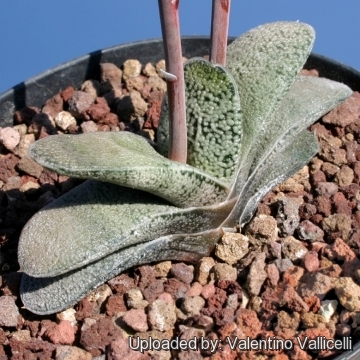 Gasteria baylissiana Photo by: Valentino Vallicelli
Gasteria baylissiana Photo by: Valentino Vallicelli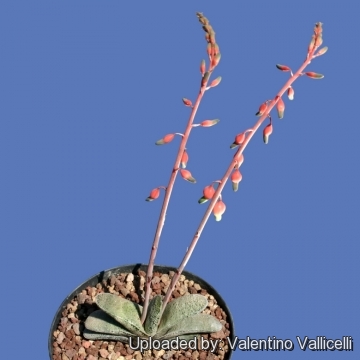 Gasteria baylissiana Photo by: Valentino Vallicelli
Gasteria baylissiana Photo by: Valentino Vallicelli Gasteria baylissiana Photo by: Valentino Vallicelli
Gasteria baylissiana Photo by: Valentino Vallicelli Gasteria baylissiana Photo by: Valentino Vallicelli
Gasteria baylissiana Photo by: Valentino Vallicelli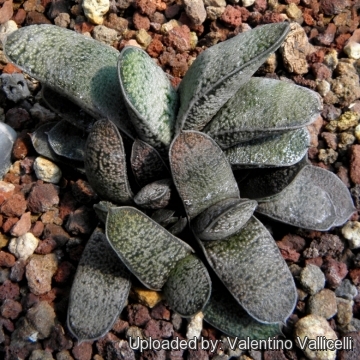 Gasteria baylissiana Photo by: Valentino Vallicelli
Gasteria baylissiana Photo by: Valentino Vallicelli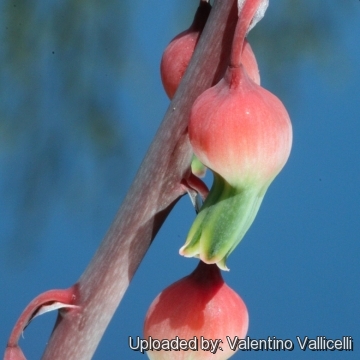 Gasteria baylissiana Photo by: Valentino Vallicelli
Gasteria baylissiana Photo by: Valentino Vallicelli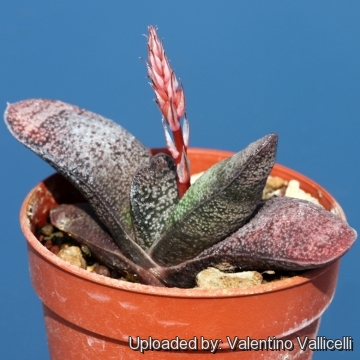 Gasteria baylissiana Photo by: Valentino Vallicelli
Gasteria baylissiana Photo by: Valentino Vallicelli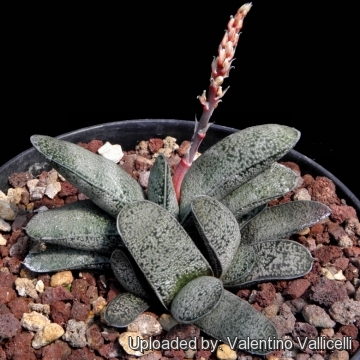 Gasteria baylissiana Photo by: Valentino Vallicelli
Gasteria baylissiana Photo by: Valentino VallicelliCultivation and Propagation: They are of relatively easy culture, which makes them a good houseplant, and they can be an excellent subject for the beginning gasteriaphile (they can grow easily on window sills, verandas and in miniature succulent gardens where they are happy to share their habitat with other smaller succulent plants, or in outdoor rockeries) Need light shade to shade, but will take full sun part of the day. (with some sun exposure the leaf develops a nice reddish tint, and remains compact). They are tolerant of a wide range of soils and habitats, but prefer a very porous potting mix to increase drainage. During the hot summer months, the soil should be kept moist but not overly wet. The plants are fertilized only once during the growing season, with a balanced fertilizer diluted to ½ the recommended strength. During the winter months, water only when the soil becomes completely dry.
Propagation: Gasteria is easily propagated by the removal of offshoots or by leaf cuttings in spring or summer. To propagate by leaf cuttings, remove a leaf and let it lie for about one month, giving the wound time to heal. Then lay the leaf on its side with the basal part buried in the soil. This leaf should root within a month or two, and small plants will form at the leaf base. They can also be grown from seed.


















